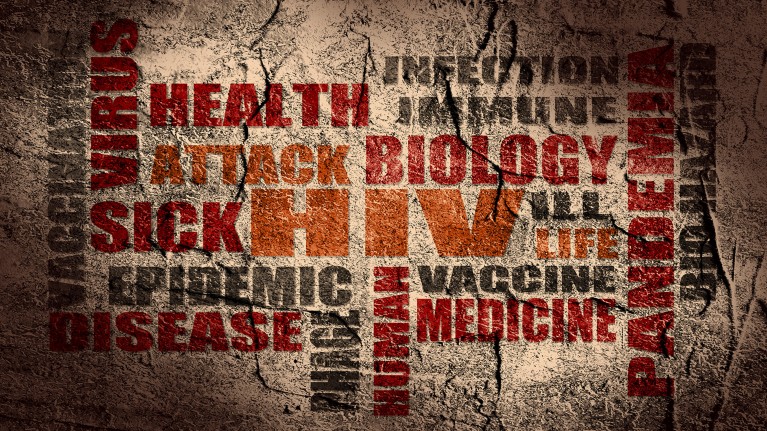In June of 1981, an astute team of clinicians led by Michael Gottlieb reported an unusual occurrence in the Morbidity and Mortality Weekly Report, a publication led by the US Centers for Disease Control and Prevention (CDC). Five apparently healthy individuals in Los Angeles had contracted Pneumocystis pneumonia (PCP), a serious infection that is normally limited to individuals who are severely immunosuppressed. At the time of the report, two of the patients had died. These were the first published incidences of an unrecognized deadly illness, which later became known as AIDS.
Notably, the patients in this first report were all men who have sex with men, and laboratory testing of isolates from three of the men showed defects in cellular immunity, including abnormally low T cell counts and decreased in vitro lymphocyte proliferative responses. These were the first hints of the emergence of a disease causing cellular immune dysfunction that is spread by sexual contact.
A second report was published in July of 1981 by a team led by Alvin Friedman-Kien, documenting 26 patients, all men who have sex with men from New York City or California, with Kaposi sarcoma (KS), PCP or other opportunistic infections. KS is a rare malignant neoplasm that manifests with skin lesions and is associated with immunosuppression. These initial reports alerted the CDC to the potential presence of a new disease, and in response, the CDC formed a taskforce to undertake surveillance and laboratory testing of KS, PCP and other serious opportunistic infections, particularly in men who have sex with men.
The CDC Task Force published their initial report in The New England Journal of Medicine in January of 1982, documenting 159 patients with KS, PCP and other opportunistic infections, which often occurred together in the same patient. Importantly, the mortality rate was very high and the number of patients was increasing over time, providing further evidence of a deadly new infectious disease.
As the year 1982 progressed, more reports trickled in. In May, Donna Mildvan and colleagues documented 57 patients, again all men who have sex with men, in New York, San Francisco and Atlanta, with unexplained, persistent, generalized lymphadenopathy. A large proportion (~70%) also had other generalized symptoms, such as fatigue, fever and weight loss. Importantly, biopsy samples of 43 of these patients showed evidence of reactive hyperplasia and depressed numbers of CD4+ helper T cells, suggesting cellular immune dysfunction. Although the cause of lymphadenopathy and immune suppression was initially unclear in these patients, their subsequent development of KS and opportunistic infections provided a key link to the full-blown disease.
By September of 1982, enough evidence had been gathered for the CDC to issue an update on a new illness, which they termed AIDS. They provided an official case definition for AIDS, which was described as a disease associated with defects in cellular immunity and the occurrence of serious opportunistic infections or malignant neoplasms in persons with no known etiology. The strict AIDS definition did not include potentially related non-specific symptoms, including fever, weight loss and persistent generalized lymphadenopathy.
As time progressed, patients with AIDS began to be recognized in various populations, including individuals of Haitian descent who were living in the US, patients with hemophilia A who had received blood-derived products, children of parents with AIDS, intravenous drug users, recipients of blood transfusions and sexual partners of patients with AIDS (MILESTONE 4). These reports hinted at the sexual, blood-borne and vertical transmission routes of an infectious agent. Consequently, in March of 1983, in conjunction with the US Food and Drug Administration (FDA) and the US National Institutes of Health, the CDC released a series of recommendations to prevent the spread of AIDS. These included a recommendation that sexual contact with individuals with AIDS be avoided and advised groups at higher risk of contracting AIDS to temporarily refrain from blood donation. However, the fight to stop the spread of AIDS would be futile unless the infectious agent responsible for this deadly disease could be identified.


 Nature Milestones in HIV research
Nature Milestones in HIV research